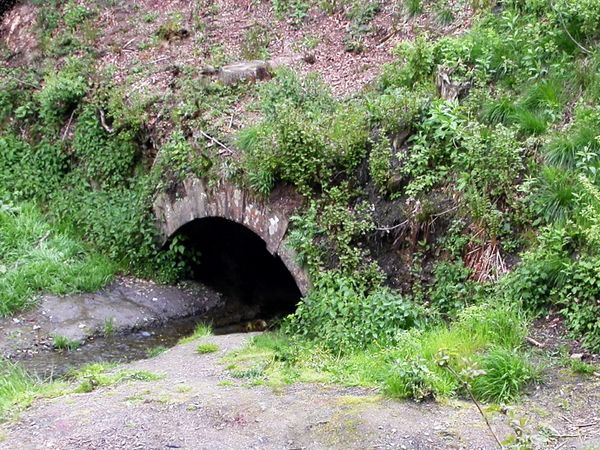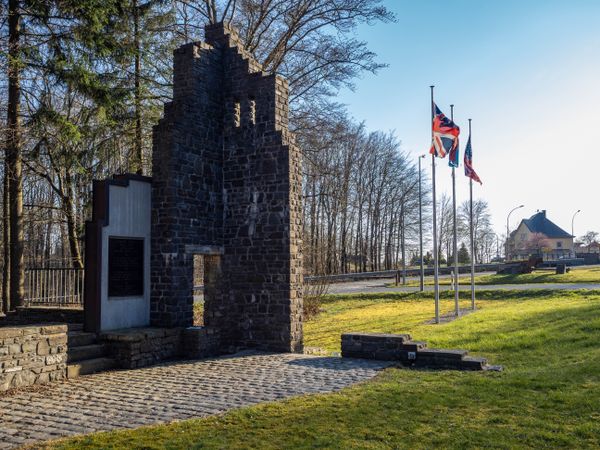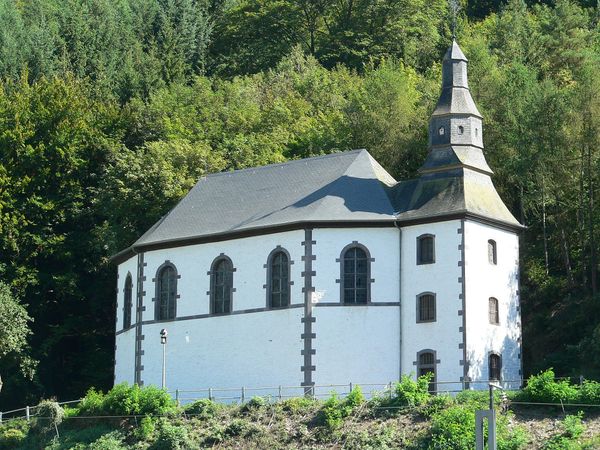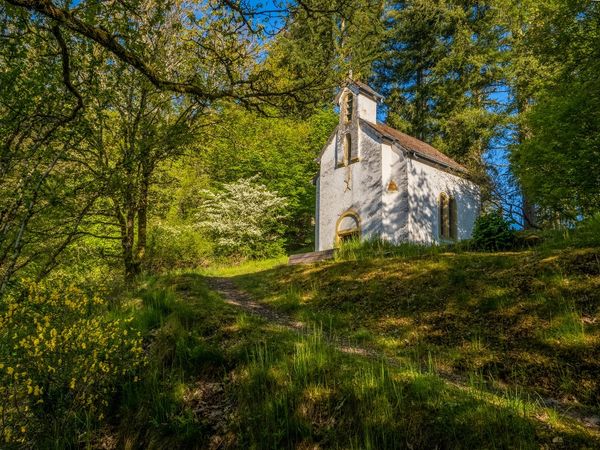
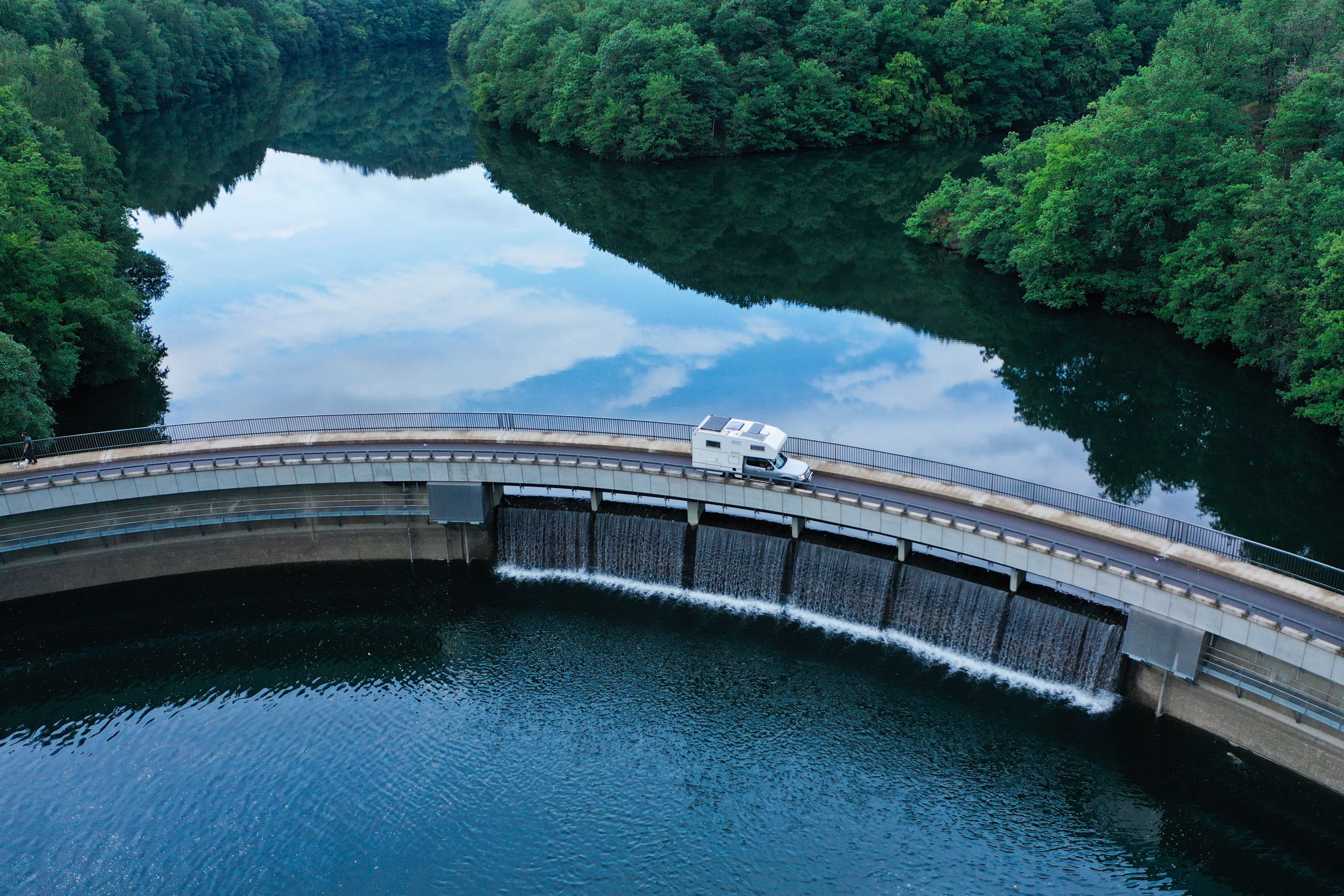
Bavigne dam
Where? L-9635 Bavigne
The Bavigne dam, part of the Upper Sûre reservoir, was built in the 1950s, requiring the relocation of mills and farmsteads. Standing at 23 meters, it guards the lake's pristine water quality. Today, as a popular diving spot, it unveils submerged remnants like bridges and a mill, echoing a rich history amid the progress.
The Bavigne dam, an integral part of the Upper Sûre reservoir. Constructed in the 1950s as an extension of the Esch-sur-Sûre Dam, this strategic water source required the relocation of several mills and farmsteads nestled in the valley.
To preserve the pristine quality of the lake water, ingenious measures were implemented, such as the Bavigne dams, standing at a height of 23 meters. This structure act as a guardian, preventing driftwood, tree trunks, and sand particles from entering the lake.
The construction of the Upper Sûre reservoir necessitated the acquisition of over 400 hectares of land, prompting protests and debates. However, the inevitability of progress led to negotiations with developers or, in some cases, forcible expropriation.
Today, the Bavigne dam wall and the submerged remnants of the former Loutschmillen mill, located in the valley between Liefrange and Bavigne, offer more than a glimpse into the past. As a popular diving spot, the underwater tableau includes elements like two small bridges, an old road, the mill, the waterbed of the "Béiwenerbaach" stream, artifacts like amphorae and bicycles, and even intriguing discoveries such as a pirate boat and a skeletal presence. In the dance between history and progress, the Bavigne dam emerges as both a functional necessity and an inadvertent guardian of submerged stories waiting to be explored.
Opening hours

